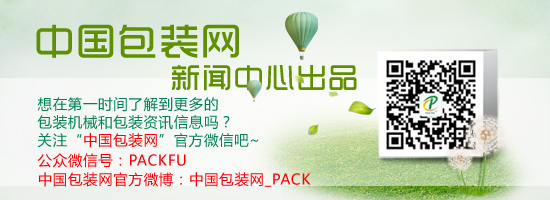According to relevant data, one-third of China's urban household waste is packaged garbage, which accounts for half of all solid waste, and the value of its annual disposal is as high as 400 billion yuan. A large amount of packaging waste is not only a waste of resources, but also the number one killer of environmental pollution.
In many packs immediately, the waste generated by excessive packaging accounts for a large part, and the most important reason for this is the “good face†of the Chinese. In order to cater to the tastes of consumers with good face and pursue the greatest profits, businesses often launch gorgeous packaging products. For example, tea is always welcomed as a gift. In order to increase the “gold content†of tea, merchants wear a gorgeous coat for tea. On a tea counter in a shopping mall, there is an antique square wooden box, which is lined with four exquisite small iron boxes with gold silk satin. Each small iron box has four small packets of dazzling vacuum packaging. Inside the vacuum bag is also a transparent plastic bag. It is understood that each sachet contains 10 grams of tea. In this square wooden box, there are 160 grams of tea. But with gorgeous packaging, the weight of this box of tea is about half a catty. After drinking 160 grams of tea leaves nearly half a catty of packaging waste, can there be less packaging waste?
How to deal with packaging garbage, we can learn from the relatively good countries that do this in the world:
There are clear laws in the United Kingdom that manufacturers and users of packaging must meet predetermined recycling rates. Companies must also comply with three major regulations: 1. Registration, including the relevant packaging data required; 2. Recovery and recycling rates; 3. Certificate. The new regulations for packaging waste require a large increase in the recycling rate of plastics. Britain recovered 100,000 tons of plastic in 2004, but at least 300,000 tons must be recycled each year in the next four years, mainly the recycling of plastic bottles and cans.
In the 1980s, up to now, one-third of the United Kingdom has established a plastic bottle packaging recycling organization, more than 3,000 plastic bottle recycling stores, and 14 million household wastes (including plastic bottles) are recycled through street-side recycling systems.
As one of the most rigorous countries in the world, Germany's plastic packaging waste recycling regulations are currently the most complete in the world: In June 1990, the German government issued the first packaging waste disposal regulations, a "Packaging Waste Treatment Act. In 1991, Germany issued the “Regulations on Packagingâ€; in December 2002, the Supreme Court of Germany issued the latest decree: all stores are required to start collecting packaging deposits for canned and bottled drinks from customers in January 2003. PET plastic bottles used for beer and beverages, which cost less than 0.25 euros for foods up to 1.5 liters, and double deposits for more than 1.5 liters. The store returns the deposit to the customer when the customer returns the package. According to a survey by DKR Recycling, 89% of German consumers agree that plastics are widely remanufactured; about 40% of Germans refuse to use packages that have no value. It can thus be seen that the country’s outstanding achievements in waste recovery have benefited from the environmental awareness of the general public.
It can be said that strengthening the recycling of packaging waste on the one hand is inseparable from the tough methods of the law. On the Other hand, it is also necessary to strengthen people's awareness of environmental protection. In China, the "Package Recycling Mark" was issued in 2001, and it was changed in 2010. The standard specifies the material identification marks and marking requirements for recyclable packaging containers and packaging components. Recyclable packaging containers or packaging components such as paper, plastic, aluminum, and iron. In addition to such national regulations, local regulations have also started to be implemented. For example, the first local law in February this year, “Several Regulations for the Reduction of Commodity Packaging in Shanghai†was formally implemented, and the standard for commodity packaging standards was formulated. Reduce the generation of packaging waste at the source.
In addition to laws and regulations, companies also contribute a lot to packaging recycling. A data showed that Tetra Pak made beverage paper packaging recycling since 1998. In 2004, the recycling volume was only 136 tons. By the end of 2009, it had increased to 44893 tons, equivalent to 4.4 billion packets. By the end of 2010, it will exceed 6 billion packets. Among them, the recycling rate in Beijing is close to 50%.
Although China has already set its sights on the field of packaging waste recycling, the measures adopted at present are still insufficient, relevant laws and regulations are also not comprehensive enough, and public awareness needs to be further improved. Packaging waste recycling, long way to go.
